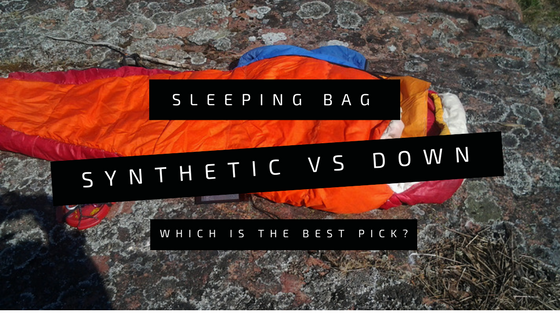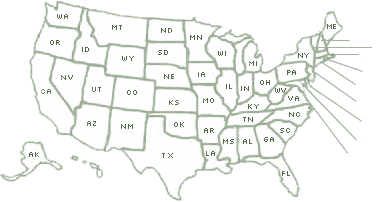
Thinking about getting a sleeping bag and not sure what to choose? When making your decision, there are several things to take into consideration. These include the bags temperature rating, price, size and weight, features and performance. The type of insulation is a significant variable in the performance of your sleeping bag. Insulation can be synthetic, down or a blend of both.
- Temperature rating: You’ll need a sleeping bag suited for the temperature conditions where it will be used.
- Insulation type: Sleeping bags can be synthetic, down or a blend of both.
- Sleeping bag features: There are a few extras to consider, such as zipper type, hoods, size and weight, draft collars, etc.
Sleeping Bag Insulation
Insulation slows the transfer of heat from your body by trapping it in a surrounding layer of air. The more insulation the bag has, the more warmth-to-weight ratio you will receive. You can receive these pockets of air with both down and synthetic insulation, so take a look at the difference between them, including their pros and cons, to make the decision best suited for you.
Down Insulation
Down is a natural material, which is part of the bird’s plumage. The down used for sleeping bags most commonly comes from ducks. Downs structure differs from regular feathers, as it’s comprised of very fine fibers. These fibers trap air between their filaments, keeping you warm.
If saving space and weight are a priority, then down is probably the way to go. It’s an excellent insulator that is light, compresses easily, lasts twice as long as synthetic, is breathable and is ideal for cold and dry conditions. It can tend to be more expensive than synthetic but usually lasts twice as long, making it worth the investment.
Some of the pros and cons of down are the following:
Pros
- Down provides a better warmth-to-weight ratio
- Incredibly compressible: Even the highest quality sleeping bags will easily fit in your hiking backpack.
- Extremely durable: If you properly care for your sleeping bag, it can last for decades
Cons
- Water resistance: When down gets wet, it will lose most insulation power and turns into a lump. Recent developments have created “hydrophobic” down, to make it water resistant.
- Cleaning down requires special care
- Costs more than synthetic sleeping bags
- It’s not hypoallergenic
Another con can be the ethical issues associated with down, as it is an animal byproduct. In the past, down was linked to inhumane treatment of animals, as the geese and ducks suffered live plucking. Recently, most manufacturers have ensured their down comes from ethical sources in its treatment of animals, so if this is a concern for you, verify that it comes from a responsible and ethical source.
Synthetic Insulation
Synthetic is a popular choice due to its price tag and strong overall performance. It also dries quickly in damp conditions, providing insulation even when wet.
The pros and cons of synthetic insulation are:
Pros
- Has a high water resistance, keeping you warm even when the sleeping bag gets wet
- It’s hypoallergenic, as it comes from synthetic materials
- Cheaper
Cons
- Weighs more and is bulkier than down
- Less warm
- Does not last as long as down, it tends to lose insulation power whenever folded or stored
Some bags now combine both synthetic and down fills, giving you the best of both worlds.
 Your Privacy Choices
Your Privacy Choices


 The
The